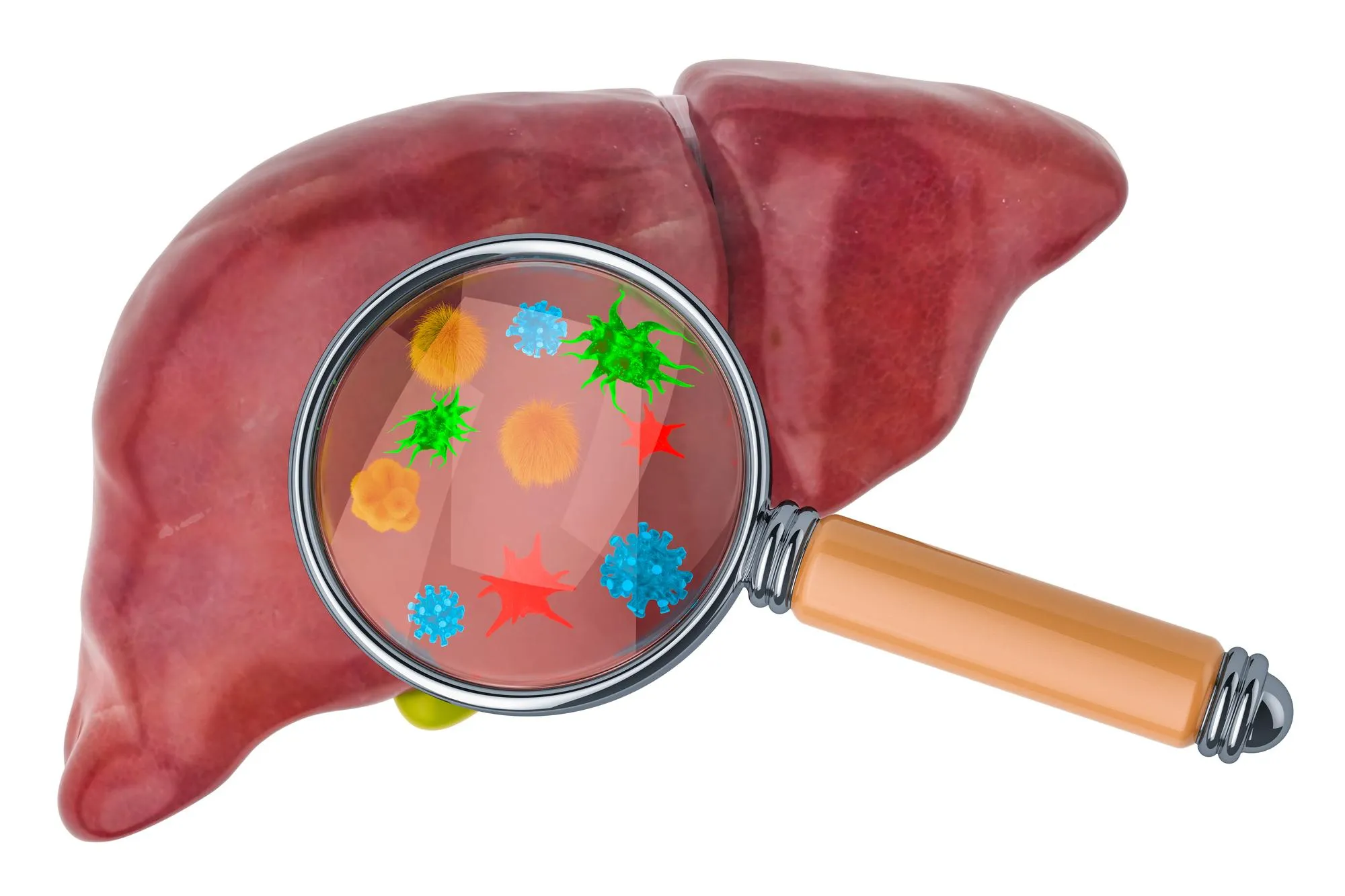A groundbreaking study recently published in the highly esteemed scientific journal ‘Carbohydrate Polymers’ has cast new light on the metabolic pathways and therapeutic potential of Angelica sinensis polysaccharide (ASP), signaling a major advancement in the treatment of acute liver injury induced by ethanol. Diving deep into the molecular intricacies of ASP, this invigorating research maps out its degradation process while underscoring its considerable protective activities. The study’s DOI is 10.1016/j.carbpol.2023.121745.
Introduction to Angelica sinensis Polysaccharide and Its Therapeutic Promises
Angelica sinensis, a well-regarded medicinal herb traditionally used in East Asian countries, contains a vital ingredient known as Angelica sinensis polysaccharide (ASP). The complex carbohydrate structure of ASP is hailed for a wide array of bioactivities, including anti-inflammatory and immunomodulatory effects. Despite being celebrated for its health benefits, the understanding of ASP’s metabolic fate post-oral ingestion had remained elusive until now.
The Enlightening Study on ASP Metabolism
A collaborative effort led by prominent researchers Zhang Yu, Wang Haoyu, Zheng Yuheng, Wu Zhijing, Liu Junxi, and Cheng Fang from Huazhong University of Science and Technology, and Wang Kaiping from the Hubei Key Laboratory of Nature Medicinal Chemistry and Resource Evaluation, has meticulously unraveled the secrets of ASP degradation. The research, published in the March 15, 2024, issue of ‘Carbohydrate Polymers’ (Volume 328, Article number 121745), is a testament to the extensive investigation that promises to forge a path to novel therapeutic interventions.
Fluorescence Imaging of ASP Digestion
In an innovative approach, the research team marked ASP with fluorescein, allowing them to vividly track its digestion within the gastrointestinal tract through fluorescence imaging. This method revealed that ASP primarily accumulated and subsequently degraded in the cecum and colon following oral administration.
In Vitro Enzymatic Degradation Discovery
The journey of the study then ventured into the in vitro analysis of ASP’s enzymatic degradation. Here, the researchers meticulously characterized the products of degradation and discovered that ASP could be broken down into fragments bearing a close resemblance to those found within living organisms. These fragments retained a structural backbone akin to ASP, with only minor alterations in their branches.
Molecular Composition of ASP
Upon closer examination, the research unveiled that ASP is a highly branched acid heteropolysaccharide. Its backbone is predominantly made up of several sugar units including Galactose (Galp), Mannose (Manp), Rhamnose (Rhap), Glucose (Glcp), and their acidic forms, Galacturonic Acid (GalAp) and Glucuronic Acid (GlcAp). The branches consist of Arabinofuranose (Araf) along with Glcp and Galp, creating an intricate molecular web.
Protective Activities Against Ethanol-Induced Acute Liver Injury
The study’s crescendo is marked by experimentation demonstrating that both ASP and its high molecular weight enzymatic degradation products (ASP H) exhibit potent protective activities against acute liver injury caused by ethanol. These substances significantly reduced the expression of liver enzymes indicative of damage, such as AST, ALT, and LDH, while also curbing the levels of malondialdehyde (MDA), a marker of oxidative stress. Moreover, they bolstered the body’s antioxidant defense by increasing the enzymes superoxide dismutase (SOD), glutathione peroxidase (GSH-Px), and catalase (CAT).
Discussion on Ethanol-Induced Liver Injury
Alcohol consumption is a leading cause of liver injury worldwide. The oxidative stress generated from ethanol metabolism in the liver results in inflammation, fatty liver, and in severe cases, cirrhosis or liver failure. The identification of agents capable of mitigating such injuries is therefore of paramount importance.
Implications and Future Directions
The extensive structure and bioactivity data provided by this research open new avenues for the use of ASP as a promising candidate for the prevention and treatment of ethanol-induced liver injuries. The study also serves as a foundation for additional exploration into ASP’s mechanism of action, as well as its potential applications in pharmacology and clinical interventions.
Declaration of Competing Interests
The authors have declared no conflicts of interest in this research, ensuring the objectivity and reliability of their findings.
Conclusion
The pivotal research elaborated in ‘Carbohydrate Polymers’ (DOI: 10.1016/j.carbpol.2023.121745) presents a hopeful prospect for leveraging Angelica sinensis polysaccharide in the therapeutic domain, specifically in combating the detrimental effects of alcohol on the liver. As research continues to illuminate the pathophysiological pathways and therapeutic potentials, this study undoubtedly marks a significant stride forward in the field of natural medicine and hepatoprotection.
Keywords
1. Angelica sinensis polysaccharide
2. Enzymatic degradation of polysaccharides
3. Liver injury prevention
4. Ethanol-induced liver damage
5. Natural hepatoprotective agents
References
1. Zhang Y., Wang H., Zheng Y., Wu Z., Liu J., Cheng F., & Wang K. (2024). Degradation of Angelica sinensis polysaccharide: Structures and protective activities against ethanol-induced acute liver injury. Carbohydrate Polymers, 328, 121745.
2. Li X., et al. (2021). Antioxidant and anti-inflammatory activities of different polysaccharides from traditional Chinese herbs. International Journal of Biological Macromolecules, 183, 1579-1589.
3. Wang K., et al. (2019). Structural characterization and liver protection of polysaccharides from Dendrobium officinale. Food & Function, 10(1), 164-174.
4. Zheng L., et al. (2020). Mechanisms of liver injury: An overview. Current Molecular Medicine, 20(7), 446-457.
5. Yu J., et al. (2018). Recent advances in polysaccharide bio-based materials: From synthesis to applications. Chemical Society Reviews, 47(22), 8357-8380.
